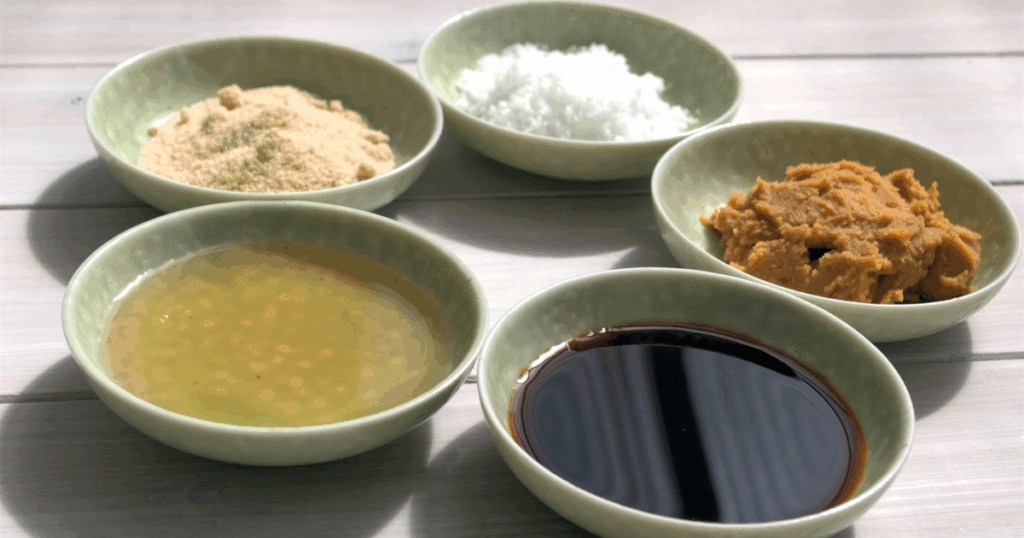The Balance of Five Tastes

In Japanese cooking, flavor isn’t just taste — it’s harmony.
Every dish, no matter how simple, carries an invisible rhythm known as the balance of five tastes: sweet, salty, sour, bitter, and umami.
Together, they form the quiet geometry behind Japanese cuisine.
The idea isn’t unique to Japan, but here it became a way of life.
For centuries, monks, home cooks, and chefs alike have pursued not excess but balance — a sense that flavor should make you feel whole, not overwhelmed.
Sweetness gives comfort.
Salt brings clarity.
Sourness awakens the senses.
Bitterness grounds the spirit.
And umami, the fifth taste, ties them all together — softening sharp edges, deepening warmth, and carrying flavor beyond words.
You can taste this philosophy everywhere in Japan — from a bowl of miso soup to a plate of simmered vegetables.
Nothing shouts, nothing dominates.
Instead, each ingredient has a role, like instruments in a quiet orchestra.
The result isn’t loud or dramatic, but it lingers — like a good memory.
The balance of five tastes also mirrors the balance of life itself.
Too much salt can tire the body, too much sweetness clouds the mind.
The ideal is not perfection but flow — the ability to shift gently from one taste, one feeling, to the next.
It’s the same rhythm found in nature, in the change of seasons, in the care behind a home-cooked meal.
At CookinGlobe, we explore this harmony together.
Through tasting sessions and simple dishes, guests learn how subtle adjustments — a pinch more soy sauce, a drop of citrus, a hint of dashi — can transform the feeling of a meal.
It’s not about rules; it’s about awareness.
When you sense the balance, cooking becomes a conversation — between ingredients, the cook, and the people who gather to eat.
In flavor, as in life, balance is the quiet art of care.
Discover Where Taste and Tradition Meet: The Balance of Five Tastes
At CookinGlobe, we explore how sweet, salty, sour, bitter, and umami come together to create harmony in everyday Japanese cooking.
Through tasting and simple dishes, guests begin to feel the balance, not just understand it.
And if this balance speaks to you, there is a beautiful next step —
not a museum, not a high-end restaurant, but a Japanese supermarket.
Supermarkets are the real cultural crossroads of everyday Japan.
You’ll see how families choose miso, how many types of soy sauce there are, why certain vegetables are seasonal, and how flavor lives in ordinary life.
It’s where tradition and modern living quietly meet on the shelf.
We’ll recommend — or even guide you to — local supermarkets and small neighborhood grocery stores near Tokyo where you can explore ingredients with the same curiosity we share in the kitchen.
Taste harmony at CookinGlobe, then find it again in the supermarket — where everyday Japan reveals itself, one aisle at a time.


